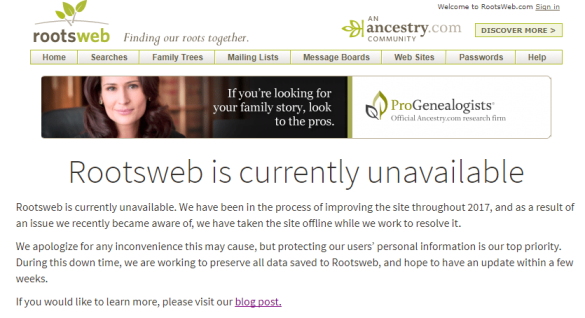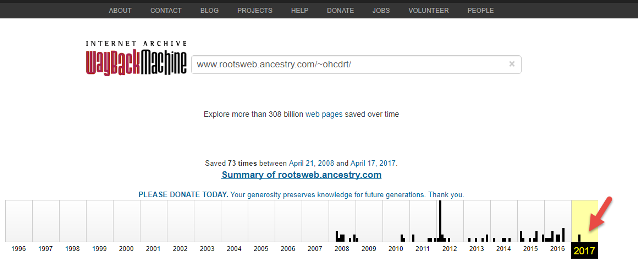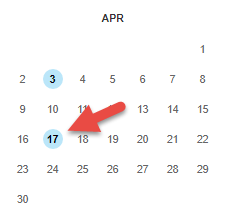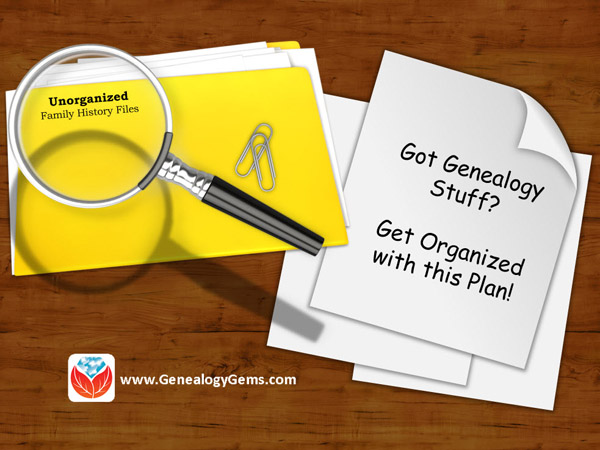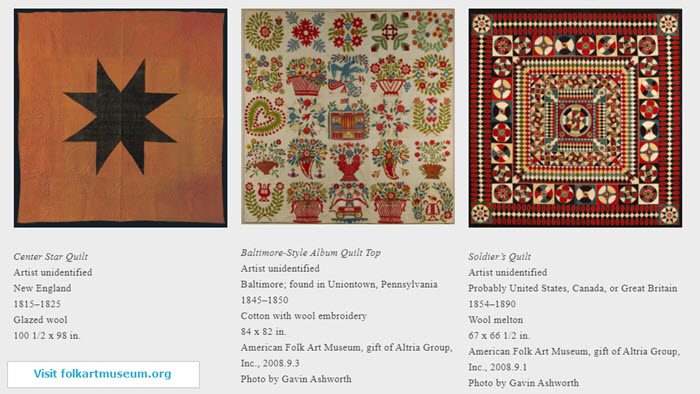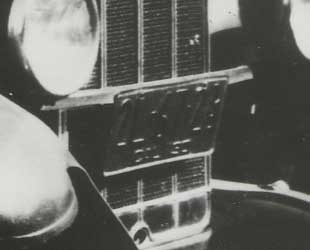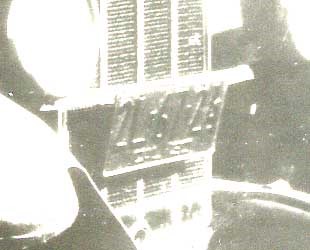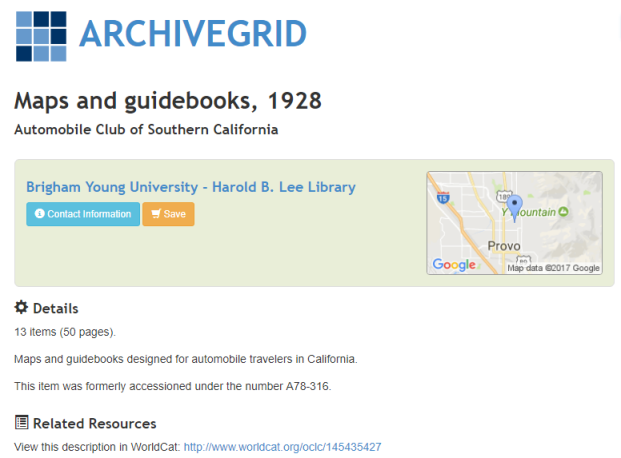Blog

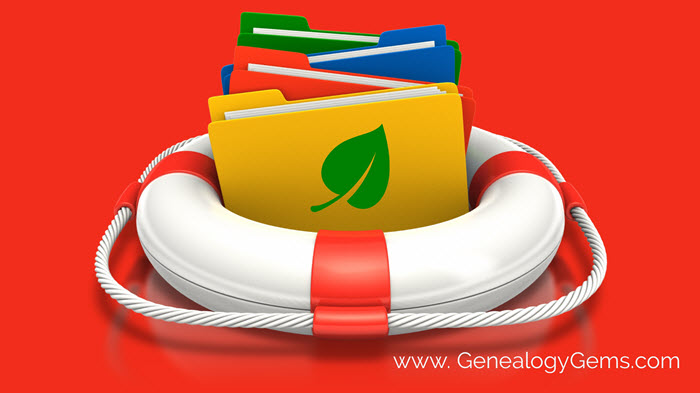
RootsWeb Is Down: Data Recovery Strategies for the Genealogist
RootsWeb is down! This important free genealogy platform hosts millions of names on hundreds of genealogy-related websites for locales, societies, and even individual family trees. Here’s what you should know about the situation–and how you may be able to access older versions of RootsWeb or other sites that are not currently available.
RootsWeb had a security issue
On December 23, 2017, Ancestry.com reported receiving a tip that thousands of RootsWeb usernames and passwords were publicly exposed. Affected accounts were users of the RootsWeb surname list, which Ancestry discontinued earlier in the year.
For those of you not familiar with RootsWeb, it’s a long-time free web platform where individuals and organizations can host their own genealogy-related websites. I often find sites there with information about counties I’m researching in and sites run by local genealogy societies. More than 11 million names are indexed or transcribed on RootsWeb sites–that’s in addition to the wealth of information you’ll find on local history, sources, and societies. Ancestry.com has been hosting RootsWeb since 2000.
Even if this particular security concern doesn’t affect you directly, I encourage you to keep reading. This scenario provides a perfect example of the kinds of data security, privacy, and loss issues we need to be aware of as genealogists. Even if you don’t have a site yourself on RootsWeb, it’s a common resource you will likely come across as you research your family tree. So here are a few take-home points for everyone, including advice on how to look at archived versions of any website that is temporarily down or no longer in service.
The extent of the problem
Ancestry did some quick reconnaissance and reported the following:
- No sensitive personal information such as credit card or Social Security numbers were exposed since RootsWeb doesn’t collect it.
- That said, about 55,000 customers have the same account info for both RootsWeb and an Ancestry.com site, which means that these Ancestry.com customers’ login data was potentially compromised. Most affected accounts are free trial accounts or they’re not currently in use. But Ancestry says, “We are currently contacting these customers. Any user whose account had its associated email/username and password included on the file has had their accounts locked and will need to create a new password the next time they visit…We have no reason to believe that any Ancestry systems were compromised. Further, we have not seen any activity indicating the compromise of any individual Ancestry accounts.”
- Ancestry found other RootsWeb login information that could have been potentially exposed, and they’re letting these account-holders know.
- They have temporarily taken RootsWeb offline to do a “deep analysis” of the site’s design. Ancestry says they “are working to ensure that all data is saved and preserved to the best of our ability. As RootsWeb is a free and open community that has been largely built by its users, we may not be able to salvage everything as we work to resolve this issue and enhance the RootsWeb infrastructure.”
- In the Comments section of the Ancestry.com announcement, Anne Gillespie Mitchell stated, “We do not have a specific timeline at this point. We hope it will take no more than a few weeks to resolve these issues. RootsWeb mailing lists will, however, remain active.”
Bottom line: Anyone whose account was potentially affected is receiving an email notice to change their password. For everyone else, Ancestry.com says, “There is nothing you need to do as a result of this incident. However, we always recommend that you take the time to evaluate your own security settings. Please, never use the same username and password for multiple services or sites. And it’s generally good practice to use longer passwords and to change them regularly.”
RootsWeb is down: Why it matters and what to do
Contributing Editor Sunny Morton shared an email that was forwarded to her by her mother, a genealogy librarian at a public library in Northeast Ohio. I’m sharing it here with the permission of the author Cynthia, who helps manage several RootsWeb sites. Cynthia says:
“I put a couple of items on my websites the morning of the twenty-third. By that afternoon, RootsWeb was shut down. Almost the entire RootsWeb is down, probably for several weeks while they fix a security breach. This involves the Cleveland District Roundtable site, Cuyahoga GenWeb, Lake County GenWeb, and Lake County and East Cuyahoga County Genealogical Society sites. This feels even scarier than the last major outage. Fortunately, I have copies on my computer of my entire sites, so no panic for lost data. But [the data] is now not very accessible for most folks.”
Cynthia followed her message with this tip: “A workaround would be the WayBack Machine on Archive.org. You put in the URL and it shows you the dates they downloaded. You may need to look at several of them to find a more complete copy. Some are just a few front pages.”
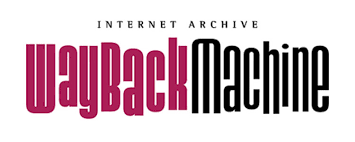
I talked more extensively about the Internet Archive’s Wayback Machine (along with Google’s own backup copies, called caches) in the free Genealogy Gems Podcast episode 145. Here’s how to use the Wayback Machine to find one of the downed websites Cynthia mentioned: the Cleveland District Roundtable, which is a fantastic collaborative directory and group calendar for all genealogical organizations in greater Cleveland, Ohio. If you run a Google search for that site now, you will find the site. But if you click on it, you’ll see a message that RootsWeb is currently unavailable:
When this happens, you can copy the URL from the top of the browser page and paste it into the Wayback Machine search box. You’ll then see a timeline showing that the Roundtable site has been captured (or archived) by the Wayback Machine 73 times since 2008, most recently (as shown by the arrow) on April 17, 2017:
Scroll down on the page a little to see a calendar, shown here, and you can click on highlighted dates on which updated captures were taken. Click on the most recent highlighted date.
Tips for everyone on avoiding genealogy data loss
A huge hat-tip to Cynthia for the work she does in her local genealogy community–and for sending out advice to those she knew would be affected by the temporary loss of RootsWeb. In addition to her tip on using the Wayback Machine, she says something else absolutely critical:
“Fortunately, I have copies on my computer of my entire sites, so no panic for lost data.”
The true and deep loss is when there is no backup copy of painstakingly-collected genealogy data, whether it’s a family tree, research files, or over 11 million names in RootsWeb’s online indexes and transcriptions. I’m not implying that RootsWeb is permanently lost: Ancestry.com does mention its plan to “resolve this issue and enhance the RootsWeb infrastructure.” But if they don’t bring all of RootsWeb back (they admit it’s possible there will be some loss), or if your genealogy data is lost from any website or computer, you always want to have a backup plan in place.
In this companion post, you’ll find a strategy for backing up your tree at Ancestry.com. It’s actually a template for something near and dear to my heart: a master plan for your genealogy data security. Things to think about in your master plan are:
- Saving digital copies of every document and artifact on your computer in organized, consistently labeled files. Listen to the free Family History: Genealogy Made Easy Podcast episodes 32-33 for a tutorial on naming and organizing these files.
- Keeping your master family tree in software on your own computer rather than online. Click here to read why. I recommend RootsMagic software.
- Backing up everything on your computer with a reliable cloud-based backup service. Click here to read about the features you should look for in cloud-based backup; I myself use and recommend Backblaze.
Organize and secure your genealogy data once and for all
Genealogy Gems Premium Members can take genealogical organization and security to the next level with my how-to videos. I recommend these:
- “Take Control of Your Family Tree”
- “Hard Drive Organization, Parts 1 and 2”
- “Organize Your Research with Evernote”
- “Organizing Your DNA Matches”
Be sure to download the video class handouts on the video page. I can’t think of a better way to start the year off right than to take action to secure your hard-won data!
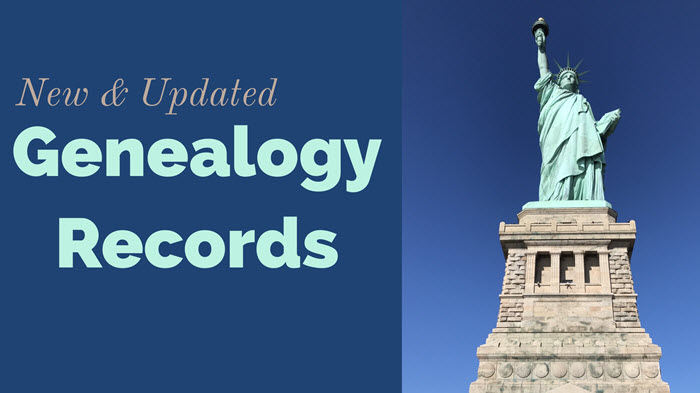
New and Updated Genealogy Records – United States
Though the United States is a relatively young country, its history is a rich source of genealogical information! This week we’re featuring new collections available for United States family history, from the big and exciting to the small and fascinating. Vital records will provide specific names and dates, while newspaper and quilt archives will give a glimpse of your ancestors’ lives in the U.S.
United States: Yearbooks, Freedman’s Bureau, & War of 1812 Pensions
Yearbooks. A brand new genealogy record collection is available at MyHeritage for U.S. Yearbooks 1890-1979. There are over 36 million pages from over a quarter of a million yearbooks from around the country. From the collection description: “Yearbooks are excellent genealogical records that include personal portraits and group photographs. These books can give a researcher insight into students, faculty, and staff who attended or worked at a school. The yearbooks in this huge compendium are primarily from high schools, which in the United States normally comprise grades 9 to 12 or 10 to 12.”
Freedman’s Bureau. FamilySearch has two new Freedman’s Bureau databases available online. The first is the collection of Records of Freedmen’s Complaints, 1865-1872. The complaints consisted of problems which freedmen brought to the Bureau’s attention. Many registers give the names of freedmen and the nature of the complaint, but others give only a synopsis of the case without names. The second new collection is the Freedmen’s Bureau Ration Records,1865-1872. These records include letters and endorsements sent and received, account books, applications for rations, applications for relief, court records, and more.
War of 1812. In a massive effort by the entire genealogical community, the War of 1812 Pension Application Files are now available for the first time online, hosted online for free at Fold3.com. The project is about 2/3 complete with nearly 2 million documents online today. The files generally contain documentation submitted in support of a claim, such as the original application form, affidavits, and statements from witnesses.
State-Specific Collections
California. All of the nearly 19,000 issues of The Stanford Daily (1892-2004) are available in a new online database. The collection is entirely searchable and provides a firsthand account of life at Stanford University from 1892 to today.
Another interesting new collection of California State Archives photos is also now available online. The archives digitized nearly 3,000 photos of early 20th century California taken by William and Grace McCarthy, who traveled throughout the state when automobiles were a new form of transportation, including images of long-gone North County landmarks.
Colorado. Ancestry recently added a new collection of Steelworks Employment Records, 1887-1979. Records may contain names, birth dates, spouses, parents, and more.
Georgia. 16,000 pages of the Walker County Messenger dating from 1880-1924 have been added to the Georgia Historic Newspapers (GHN) website. Also newly added to the GHN database are historic Roman Catholic Diocese of Savannah publications, including the Bulletin (1920-1962) and the Savannah Bulletin (1958).
New Hampshire. Over at FamilySearch, a new collection of Vital and Town Records Index, 1656-1938 is now available. It includes birth, marriage, and death records.
New York. Reclaim the Records just announced that they’ve obtained and published the first-ever public copies of the death index for Buffalo, New York, for the years 1852-1944. Over 640,000 names are included, though be aware that the scanned copies may have some edges cut off.
Another unique collection now available is the New York Quilt Project, an archive of over 6,000 quilts and their histories. From the collection description: “Details were recorded like family background, religion, where a quiltmaker learned the craft, why they made the quilt, and where they obtained textiles, and a small tab was sewn into the back of each quilt for identification. These stories often chronicle immigration to New York, as some quilts were brought over from Germany or Italy, and visually show through their patterns and designs the influence of different populations from around the world in the state.”
North Carolina. A collection of 60 hand-drawn Civil War sketches have been added to Digital North Carolina, drawn by soldier Edwin Graves Champney. The original artwork includes scenes showing landmarks, landscapes, and Union military activity. From Wake Forest University also comes a collection of 19 newspaper titles dating from 1857 to 1925. They were written for Christian (primarily Baptist) communities across North Carolina. Finally, almost two decades of the newspaper The Carolina Indian Voice, from 1977-1996, have been added to the collection at DigitalNC.
South Dakota. From a recent press release: “Several Sioux Falls German titles have recently been added to Chronicling America: The Sud (Soot) Dakota Nachrichten (Knock-rick-ten), 1896-1900; the Sud-Dakota Nachrichten und Herold, 1900-1901; the Nachrichten-Herold, 1901-1907; and the Deutscher (Doit-shur) Herold, 1907-1913. To view these newspapers please visit the Chronicling America Website.”
Virginia. The Virginia Newspaper Project recently announced that they have digitized copies of Richmond Whig and Commercial Journal, a daily published by John Hampden Pleasants and Josiah Abbot from 1831-1832. Both are now available on Virginia Chronicle.
Dig deep into your American roots
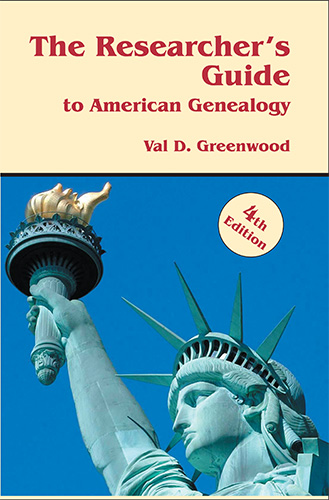
If you want to dive into your American genealogy, you’ll definitely need the brand new 4th edition of The Researcher’s Guide to American Genealogy by Val Greenwood. This new 4th edition has been completely updated, incorporating all the latest developments, principles, and resources relevant to family history research. There are now two chapters about technology as it relates to family history research–one dealing with significant concepts and definitions and the other with specific resources and applications, including major family history websites and Internet resources. Click here to get it right now!
Disclosure: This article contains affiliate links and Genealogy Gems will be compensated if you make a purchase after clicking on these links (at no additional cost to you). Thank you for supporting Genealogy Gems!
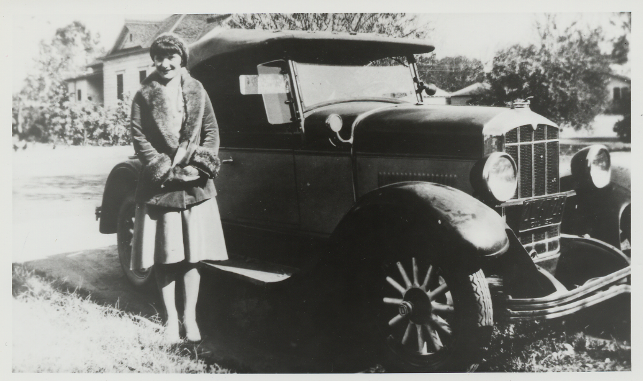
How to Identify Old Cars in Photographs
Follow these tips to identify old cars in photographs from your family albums. You can often identify the make and model of the automobile; decipher and date the license plates, and even discover additional documents relating to the earliest drivers on your family tree.

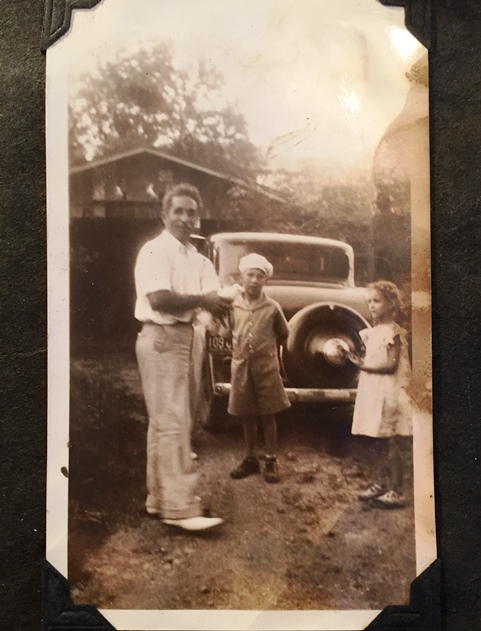
Image courtesy of Jennifer McCraw
A listener’s mystery photo question
Many of us have mystery photos in our family archives. Jennifer sent me a creative question about identifying hers:
“Have you ever come across any information on searching old license plate tag numbers to find an identity of the registrant? I have old photos that, according to my aunt, are the family of my grandmother’s boyfriend, Max, before [she married] my grandfather. The photos are amazing. Very ‘Great Gatsby-esque.’ Amazing clothes and car, right?! One photo has a smiling man standing in front of an old car with a portion of the license plate showing. I do not know the identity of this man or children. I’m thinking start with searches for plates beginning with 109 in the years before my grandmother was married in the state of Indiana, where she and Max lived.”I didn’t know if I had a ‘lead’ in that or not. I may be pulling at strings. I’d love your advice.”
What a great idea! I haven’t tried Jennifer’s exact approach to researching license plates as a way of identifying owners. But I have a similar story about researching an old car in my own family photo. My story, below, may help Jennifer and anyone else wanting to identify old cars in photographs. Keep reading for tips on researching the make and model of a car; deciphering the license plate to help date the photo and even on finding early drivers’ records. Owning a car was (and still is) a source of pride and excitement for many families, so it’s really worth taking a closer look at their cars in old pictures.
An old car photo in my own family
Here’s a photograph I love of my grandmother Alfreda as a teenager, beaming as she poses beside the newly purchased family automobile. In her diary, she divulges her excitement for the surprise she came home to after church:
Oct. 21, 1929 Sunday. “Went to Sunday school and when I got back there was our new car waiting for me. Willys-Knight. I drove it all around, went and gave Evelyn a ride. Made Mama mad.”
This diary entry piques my interest. What year was this? Where did the car come from? What’s a “Willys-Knight?” And if Mama got mad, who gave Alfreda the keys? I suspect Alfreda may have been a bit of a Daddy’s girl, but alas, this photo may not be able to reveal that family dynamic. However, the photo does contain important clues that has helped me answer at least a few of these questions.
1. Identify old cars in photographs
Before you start trying to identify an old vehicle in a family photo, it will help to know whether it’s categorized as a veteran, vintage, or classic car. What’s the difference? According to ItStillRuns.com:
“Veteran cars were manufactured before 1903, vintage cars were made between 1903 and 1933, and classic cars are considered to be vehicles manufactured from 1933 until fifteen years ago.”
With these categories in mind, visit websites that can help you identify old cars by providing descriptions and pictures of various makes and models. Two sites I suggest are Hubcap Café.com: Collector Car Resources and a Flickr group called Vintage Car Identification. (This second one is for the truly stumped because you can submit a photo that car enthusiasts from around the world could help you identify.)
I already knew from Grandma’s diary that the car in the above picture was a Willys-Knight. But I wondered if I could nail down the make and model. I ran a few Google searches and found some fantastic websites.
 Paul Young’s Willys-Overland-Knight Registry website had just what I was looking for. The site features dozens of photographs of all the different makes and models of Willys-Knight automobiles in chronological order. So I scrolled down to the late 20’s and compared each photo to the photo of my great grandfather’s car. Bingo! The 1928 Willys-Knight 70A Cabriolet Coupe America matched the car to a T. Everything from the convertible roof, the headlights, bumper, and side view mirrors all matched up.
Paul Young’s Willys-Overland-Knight Registry website had just what I was looking for. The site features dozens of photographs of all the different makes and models of Willys-Knight automobiles in chronological order. So I scrolled down to the late 20’s and compared each photo to the photo of my great grandfather’s car. Bingo! The 1928 Willys-Knight 70A Cabriolet Coupe America matched the car to a T. Everything from the convertible roof, the headlights, bumper, and side view mirrors all matched up.
From there I clicked on the Willys-Knight History link, which led to not only a written history of Willys-Knight but a chart of Willys-Knight Specifications. A quick scroll down led me to the specs for great grandpa’s 1928 70A series car. I learned that the car was introduced in August of 1927 for the starter price of $1,295. (Here’s a free online inflation calculator. Try plugging in 1927 and $1,295 to find out what the car would cost in today’s money.)
I also learned that the car was a 6-cylinder, as well as specs on the horsepower, the wheelbase, and even the range of serial numbers that the car would fall within. This website was jammed packed with everything you could ever want to know about the Willys-Knight car. (If you’re interested in chatting with 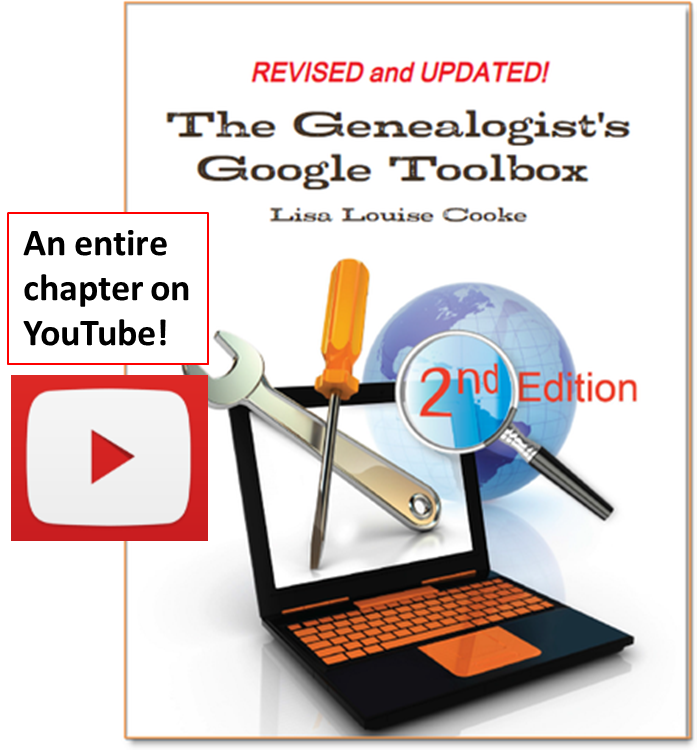 others about Willys-Knight cars, you could also visit this site’s Facebook page.)
others about Willys-Knight cars, you could also visit this site’s Facebook page.)
My book The Genealogist’s Google Toolbox—which is where you’ll find all the tips you need for doing these Google searches–has an entire chapter on finding videos on YouTube. A quick YouTube search on “Willys-Knight 1928” brought up this short but cool video uploaded in 2014: “Take a ride in a 1928 Willys Knight made in, owned in and driven in Toledo, Ohio.”
2. Investigate old license plates
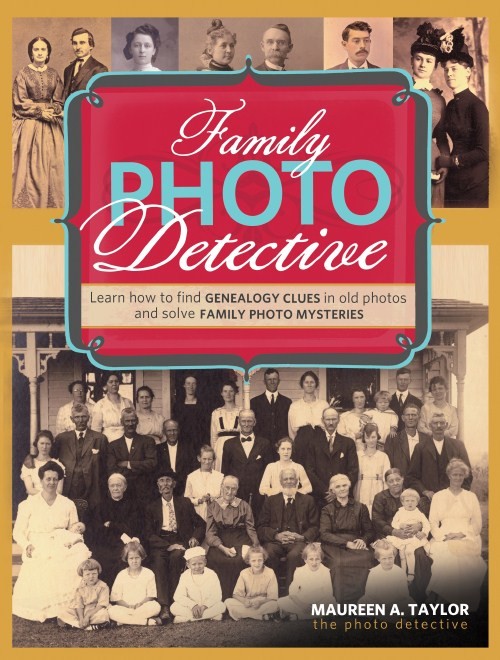
Family Photo Detective by Maureen Taylor is your ultimate guide to identifying old objects in pictures to help you learn more about your family history.
In Family Tree Magazine a few years ago, I read an article called “Motor Trends,” written by my friend Maureen Taylor. She said that said that by 1918 all states had adopted license and registration laws. It recommended that you look for a license plate in old photos. License plates often have a year on them and possibly even the owner’s initials.
Unfortunately, the license plate in my photo is so dark I couldn’t read it at all. My guess is that this is probably the situation in many cases when someone has a photo of a car. So here’s what I did to solve this problem:
- I opened a digital copy of the photo with the basic photograph editing software that came with my computer.
- I cropped the photo to just show the license plate and then zoomed in to make the image as large as possible.
- I increased the brightness of the photo and adjusted the contrast. Often when you play with these two features, adjusting first one and then the other, you’ll get pretty good results.
- The final touch was to apply an auto-sharpening tool which defined the image even more.
As you can see in the “before and after” images below, what once was a blob of darkness now read: 2L 67 24.
There was something printed under the license number, but I still couldn’t quite read it. It looked like CAL 29, which would make sense because they lived in California and the year they bought it was 1929. But I couldn’t be certain. So I ran a Google search for “old California license plates.” Several websites that popped up in the results proved interesting for learning more about old California license plates:
- “The Colorful History of California License Plates” in LA Magazine
- WorldLicensePlates,com
- California DMV license plate introduction
- California State Archives
For example, I learned that California has required license plates since 1905. In that year, there were over 17,000 registered vehicles in the state. I found a replica 1929 license plate that read “CAL 29” across the bottom of it. Just what I’d thought mine said! And thanks to WorldLicensePlates.com, I was even able to determine that the license plate in my black and white photo had a black background and orange lettering.
What about the license plate in Jennifer’s photo? Only a partial plate is visible, but it’s enough to compare to images of Indiana license plates at WorldLicensePlates.com:
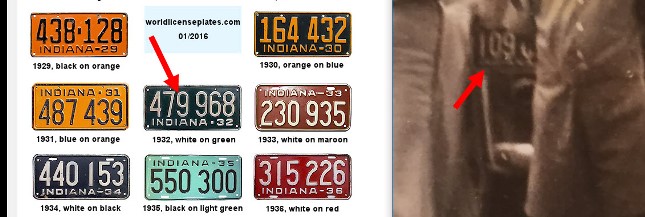
Jennifer can take several important clues from this comparison:
- It quite a dark plate with very light numbers. Even though it’s a black and white photo, based on the contrast, I think the license probably doesn’t have orange in it. (Eliminate 1929, 1930, 1931, 1935)
- There is no dash between the first 3 numbers and the next set (eliminate 1929)
- The style is more of a Sans Serif font (we can eliminate 1929, and 1930)
- Indiana appears at the bottom (eliminate 1931, 1933, 1935)
From these clues, I’d say that the 1932 plate is certainly the closest match.
3. Find records relating to early drivers
California state statutes of 1901 authorized cities and counties to license bicycles, tricycles, automobile carriages, carts, and similar wheeled vehicles. Owners paid a $2 fee and were issued a circular tag. Later, tags were either octagonal or had scalloped edges.
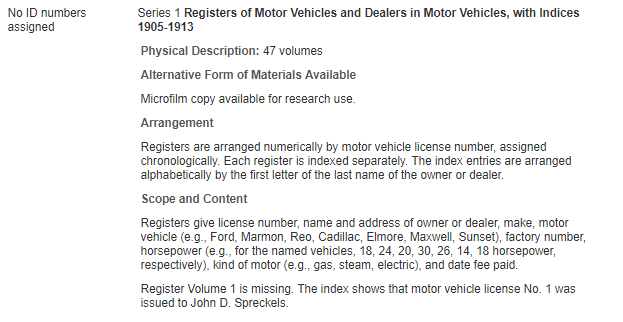 So this got me curious. Could I access records associated with my great-grandfather’s license plate and automobile registration? Typically states move records of this age to their state archives. I started by Googling California State Archives. The Online Archives of California has a searchable database that includes the state archive holdings. The online catalog has motor vehicle records (61 volumes!) for the first several years they were issued (1905-1913).
So this got me curious. Could I access records associated with my great-grandfather’s license plate and automobile registration? Typically states move records of this age to their state archives. I started by Googling California State Archives. The Online Archives of California has a searchable database that includes the state archive holdings. The online catalog has motor vehicle records (61 volumes!) for the first several years they were issued (1905-1913).
A description in the online finding aid stated: “Motor Vehicle Records, 1913 transferred those functions from the Secretary of State’s office to the Department of Engineering.” There are actually two clues here: 1) the phrase “motor vehicle records” is what I likely want to use when searching for records, and 2) the office that likely kept the records for my time period (1929) was the Department of Engineering. A followup search using these search terms got 13 results. Unfortunately, none of these records included 1929, and an email inquiry to the State Archives wasn’t fruitful, either. But this showed me that driver registration records may exist.
So may other driving-related records. I did several searches in ArchiveGrid, an enormous online catalog for archival collections. No California motor vehicle registrations popped up. But I did find a collection of 1928 maps and guidebooks for the Automobile Club of Southern California, held at the Brigham Young University library in Provo, Utah. There was also a collection of thousands of images collected by the Automobile Club of Southern California (mostly in the 1920s and 1930s) at the Huntington Library in San Marino, CA.
If I really wanted to learn more about the early-1900s “sport” of automobile driving in California, I could spend some time with record collections such as those.
 Does this discovery change the course of my family history? No. But it was a heck of a lot of fun to learn what I did about the oldest automobile I’m aware of my family owning. It’s exciting to discover these little gems: they connect me to the past in such an interesting way. Even better, it gave me something to share with my husband, Bill, who loves old cars!
Does this discovery change the course of my family history? No. But it was a heck of a lot of fun to learn what I did about the oldest automobile I’m aware of my family owning. It’s exciting to discover these little gems: they connect me to the past in such an interesting way. Even better, it gave me something to share with my husband, Bill, who loves old cars!
![]() Learn more!
Learn more!
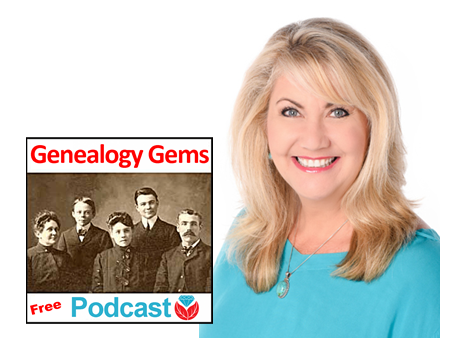 Hear inspiring stories and learn hands-on, try-it-now strategies for discovering your family history in my free Genealogy Gems Podcast. There are more than 200 episodes to get your genealogy motor running, with a new episode published each month. You’ll find the latest news, try-it-now online search strategies and inspiring stories to keep you on the road to genealogy research success.
Hear inspiring stories and learn hands-on, try-it-now strategies for discovering your family history in my free Genealogy Gems Podcast. There are more than 200 episodes to get your genealogy motor running, with a new episode published each month. You’ll find the latest news, try-it-now online search strategies and inspiring stories to keep you on the road to genealogy research success.

About the Author
Lisa Louise Cooke is the Producer and Host of the Genealogy Gems Podcast, an online genealogy audio show and app. She is the author of the books The Genealogist’s Google Toolbox, Mobile Genealogy, How to Find Your Family History in Newspapers, and the Google Earth for Genealogy video series, an international keynote speaker, and producer of the Family Tree Magazine Podcast.
Disclosure: This article contains affiliate links and Genealogy Gems will be compensated if you make a purchase after clicking on these links (at no additional cost to you). Thank you for supporting Genealogy Gems!

